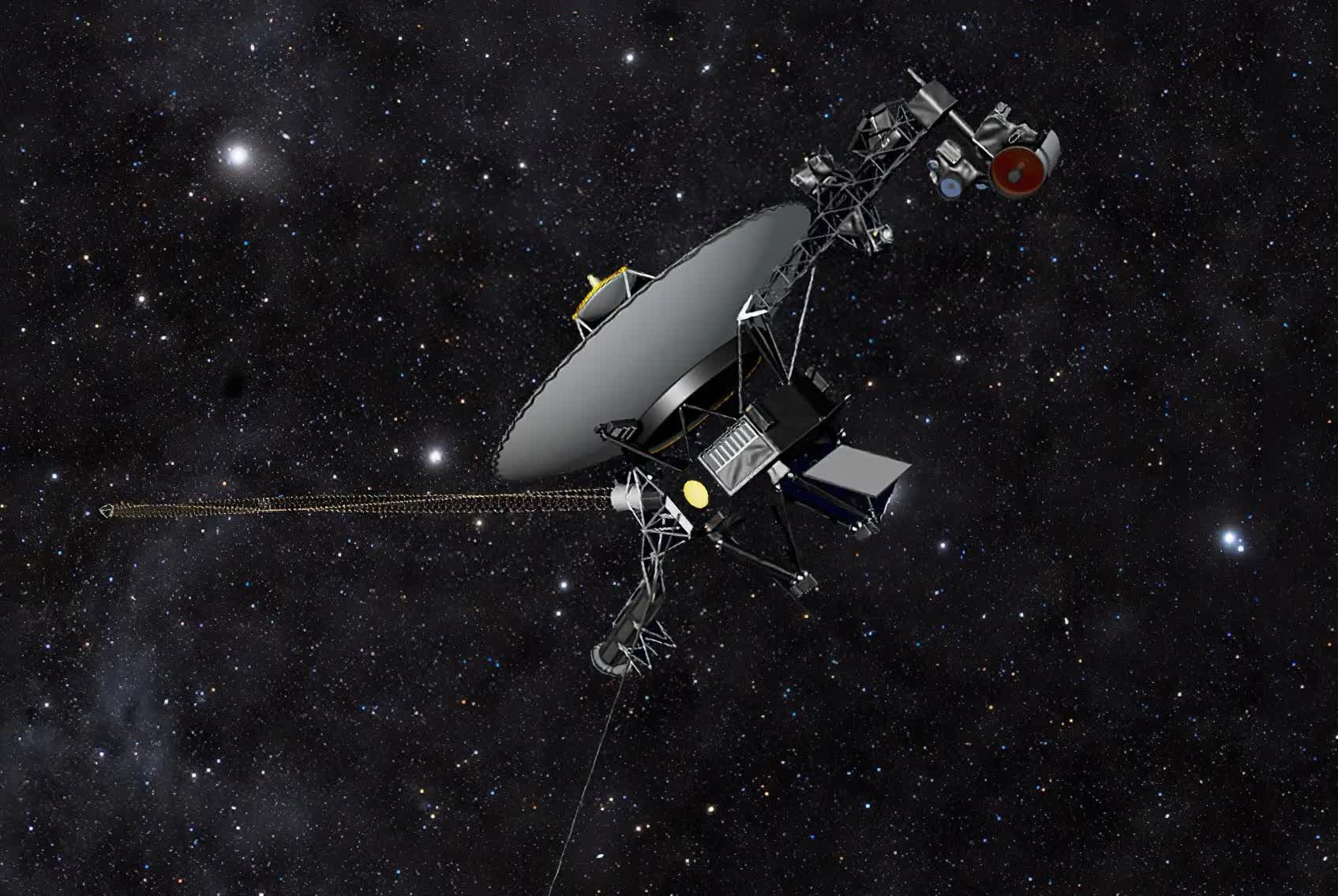What just happened? NASA has successfully reestablished a communications link with Voyager 2, the aging spacecraft that went silent a couple weeks back when the agency accidentally commanded the probe to change its position in space.
The inadvertent adjustment only shifted the probe's antenna by two degrees but over the vastness of space (Voyager 2 is roughly 12.36 billion miles from Earth, and is zipping along at 35,000 miles per hour), precision is everything. With the craft off-kilter, it was unable to receive signals or transmit data with the ground antennas of the Deep Space Network (DSN).
NASA programmed the probe to reset its orientation multiple times each year, perhaps for scenarios just like this. The next scheduled reset is slated for October 15, but the agency was not interested in waiting that long for resolution. After receiving a faint carrier signal from Voyager 2 on July 31 that let the team know the craft was still operating as usual, NASA decided to throw a Hail Mary and see what would happen.
Welcome back, Voyager 2.@NASA has reestablished full communications with Voyager 2. We shouted 12.5 billion miles (19.9 billion km) into interstellar space, instructing it to turn its antenna back to Earth – and after 37 hours, we found out it worked! https://t.co/bJDKh6Icg5 https://t.co/wQh5JfmLfP
– NASA JPL (@NASAJPL) August 4, 2023
Using the DSN's highest-power transmitter, NASA sent the equivalent of a shout across space to Voyager 2. The one-way message was timed to be sent to maximize its chance of success. It took 18.5 hours to reach the craft, and another 18.5 hours for NASA to know if it had worked. After 37 tense hours, NASA had its answer – success!
At 12:29 am Eastern on August 4, the spacecraft began returning science and telemetry data. Had the emergency message not been received, NASA would have had to wait until mid-October and hope the built-in fail-safe did its job.
NASA's Voyager 2 probe launched in 1977 along with its twin, Voyager 1. It blasted off 16 days before Voyager 1 and was originally commissioned as a five year mission to study Jupiter and Saturn. The probe eventually conducted flybys of Uranus and Neptune, entered interstellar space in 2018 (Voyager 1 did so in 2012), and is still providing useful data all these years later.
